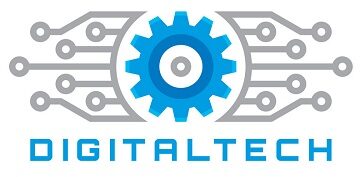
Creating products that truly resonate with customers requires more than intuition—it demands accurate, timely, and actionable insights. Traditional research methods often fall short due to slow processes, limited sample reach, and inconsistent data quality. A research marketplace solves these challenges by connecting businesses with verified respondents quickly, enabling data-driven product innovation.
What is a Research Marketplace?
A research marketplace is an online platform that allows companies to access a wide network of respondents for surveys, focus groups, and market research projects. Unlike traditional agencies that rely on limited panels, these marketplaces consolidate multiple sources, providing broader reach, better quality data, and faster results.
Why Product Teams Are Adopting Research Marketplaces
- Faster Feedback
Product managers can test new ideas, features, and prototypes rapidly. Instead of waiting weeks, feedback is often available within hours, helping teams iterate faster.
- Access to Diverse Perspectives
Marketplaces provide respondents across demographics, geographies, and interests, ensuring product decisions reflect the views of real potential customers.
- Higher Data Quality
Advanced verification systems, fraud detection, and AI-powered monitoring guarantee that insights come from genuine respondents, reducing the risk of misleading data.
- Cost-Effective Research
Consolidating multiple panels into a single platform saves money while providing access to larger sample sizes, making high-quality research feasible for startups and enterprises alike.
- Scalability
Whether launching a small beta test or a global product survey, the marketplace can handle projects of any size with efficiency and reliability.
How It Works in Product Development
The workflow is straightforward:
- Define Goals – Identify which product decisions need validation.
- Create or Upload Surveys – Use platform tools or existing questionnaires.
- Target Audience – Filter respondents by age, location, behavior, or preferences.
- Launch and Collect Data – Reach verified participants instantly.
- Analyze Results – Access insights in real time and use them to inform product design or strategy.
This rapid feedback loop allows product teams to make evidence-based decisions and avoid costly mistakes.
Real-World Applications
- Feature Prioritization – Determine which features customers value most before development.
- Pricing Strategy – Test price sensitivity and willingness to pay.
- Prototype Testing – Gather early feedback on design, usability, and appeal.
- Market Fit Assessment – Evaluate whether a new product meets the needs of a target audience.
- Post-Launch Evaluation – Measure customer satisfaction and identify areas for improvement.
Competitive Advantage
By leveraging a research marketplace, businesses gain a significant advantage: faster innovation cycles, reduced risk, and a deeper understanding of customer needs. Companies can launch products with confidence, knowing that their design and features align with market demand.
Looking Ahead
As technology advances, research marketplaces will increasingly integrate AI and predictive analytics, enabling even more precise insights. Businesses will not only understand what customers want today but also anticipate future needs. Data privacy compliance will continue to strengthen, ensuring secure and ethical research practices.
Final Thoughts
Innovation thrives on insight, and a research marketplace delivers exactly that. By providing quick access to high-quality, verified respondents, it empowers product teams to test, iterate, and refine with confidence. Whether you are developing your first product or managing a global portfolio, a research marketplace offers the tools and insights needed to create products that delight customers and drive business growth.







